Der Nürnberger Parteitag der Nationalsozialistischen Deutschen Arbeiterpartei (1929)
A film about the Nuremberg Party Congress of the NSDAP in 1929.
A film about the Nuremberg Party Congress of the NSDAP in 1929.
 Adolf HitlerSelf
Adolf HitlerSelf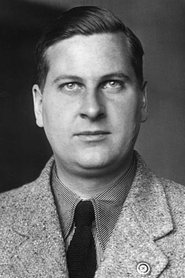 Baldur von SchirachSelf
Baldur von SchirachSelf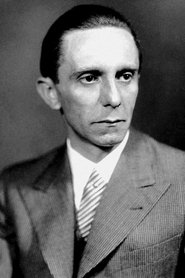 Joseph GoebbelsSelf
Joseph GoebbelsSelf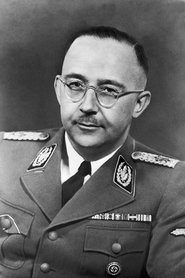 Heinrich HimmlerSelf
Heinrich HimmlerSelf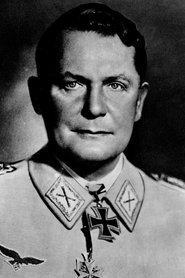 Hermann GöringSelf
Hermann GöringSelf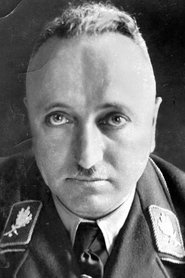 Robert LeySelf
Robert LeySelf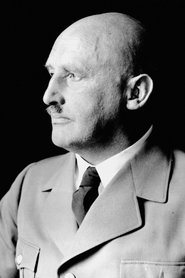 Julius StreicherSelf
Julius StreicherSelf Max AmannSelf
Max AmannSelf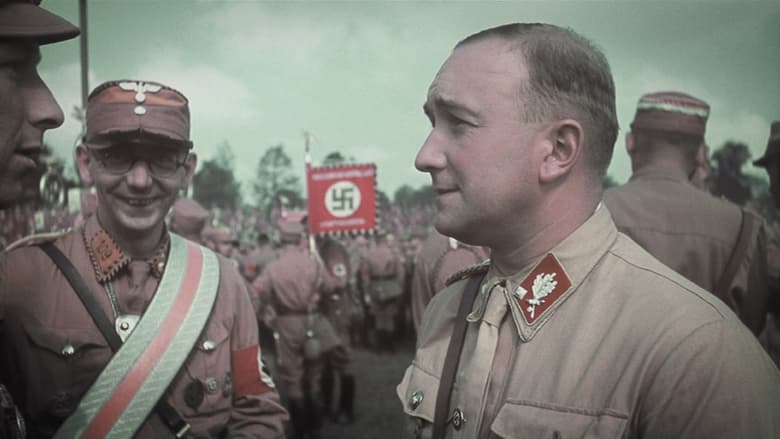
What would your family reminiscences about dad sound like if he had been an early supporter of Hitler’s, a leader of the notorious SA and the Third Reich’s minister in charge of Slovakia, including its Final Solution? Executed as a war criminal in 1947, Hanns Ludin left behind a grieving widow and six young children, the youngest of whom became a filmmaker. It's a fascinating, maddening, sometimes even humorous look at what the director calls "a typical German story." (Film Forum)
An expedition through the mountains of Nepal, during which 9 peaks are climbed.
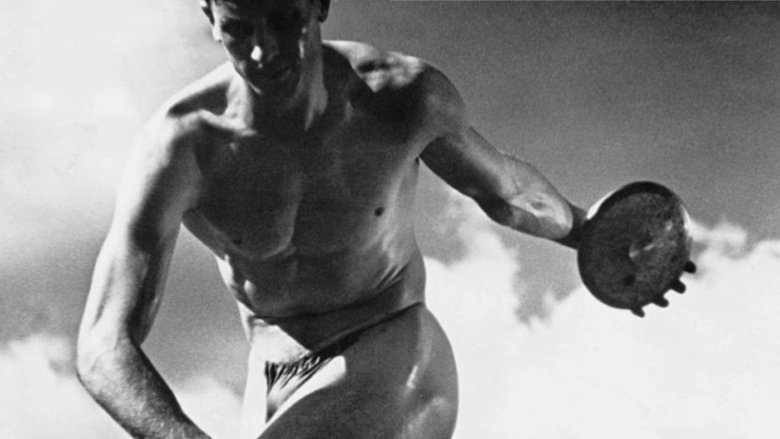
Commissioned to make a propaganda film about the 1936 Olympic Games in Germany, director Leni Riefenstahl created a celebration of the human form. This first half of her two-part film opens with a renowned introduction that compares modern Olympians to classical Greek heroes, then goes on to provide thrilling in-the-moment coverage of some of the games' most celebrated moments, including African-American athlete Jesse Owens winning a then-unprecedented four gold medals.

Commissioned to make a propaganda film about the 1936 Olympic Games in Germany, director Leni Riefenstahl created a celebration of the human form. Where the two-part epic's first half, Festival of the Nations, focused on the international aspects of the 1936 Olympic Games held in Berlin, part two, The Festival of Beauty, concentrates on individual athletes such as equestrians, gymnasts, and swimmers, climaxing with American Glenn Morris' performance in the decathalon and the games' majestic closing ceremonies.
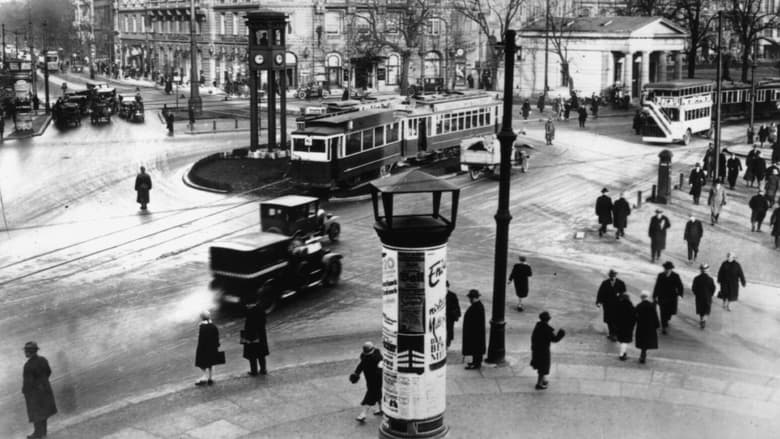
A day in the city of Berlin, which experienced an industrial boom in the 1920s, and still provides an insight into the living and working conditions at that time. Germany had just recovered a little from the worst consequences of the First World War, the great economic crisis was still a few years away and Hitler was not yet an issue at the time.
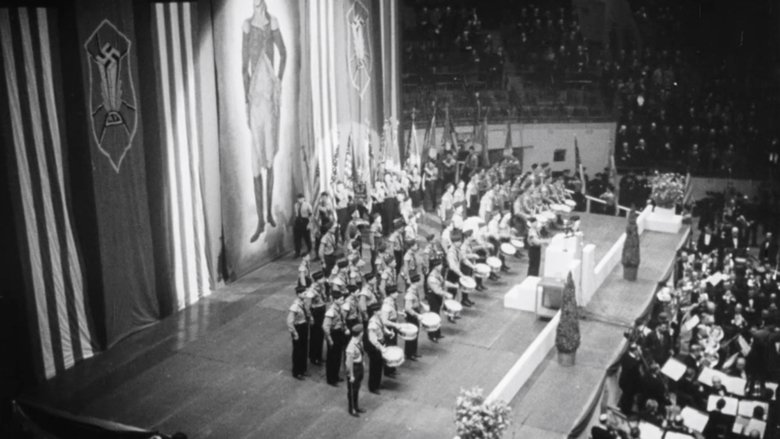
Archival footage of an American Nazi rally that attracted 20,000 people at Madison Square Garden in 1939, shortly before the beginning of World War II.
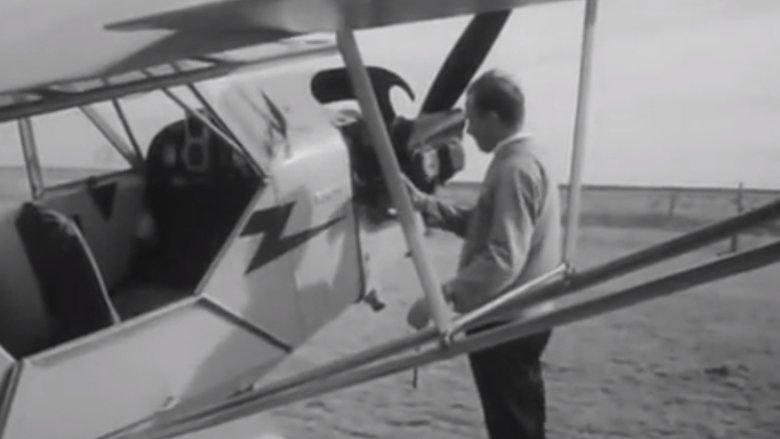
Two days in the life of priest Father Fred Stadtmuller whose New Mexico parish is so large he can only spread goodness and light among his flock with the aid of a monoplane. The priestly pilot is seen dashing from one province to the next at the helm of his trusty Piper Club administering guidance to unruly children, sermonizing at funerals and flying a sickly child and its mother to a hospital.
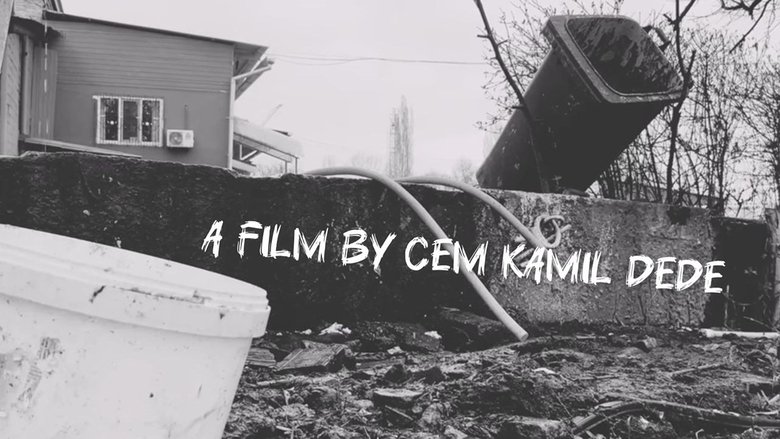
A sound frame from the silent life
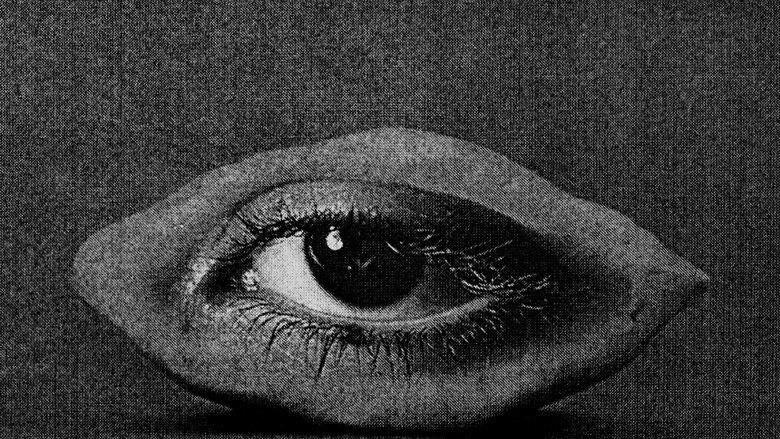
A non-binary folk watches the handover of the first non-binary ID in the history of Chile. As they try to do the paperwork, they will face the bureaucracy of the legal proceeding.

A cinematic portrait of the homeless population who live permanently in the underground tunnels of New York City.
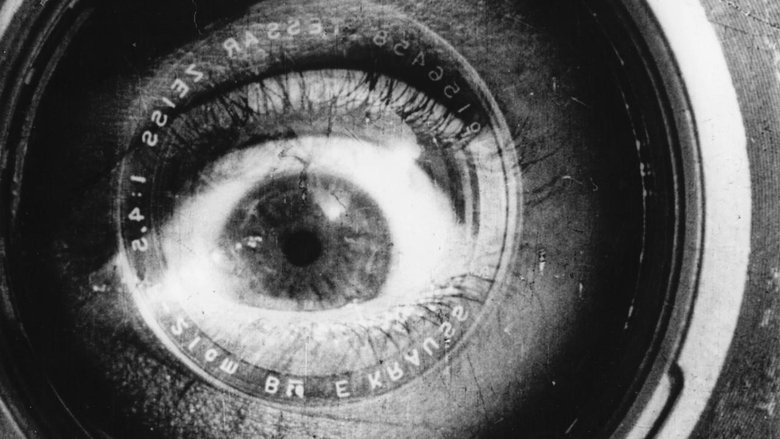
A cameraman wanders around with a camera slung over his shoulder, documenting urban life with dazzling inventiveness.
The first blitzkrieg, Hitler's invasion of Poland, is traced in this original Nazi propaganda film from 1940.
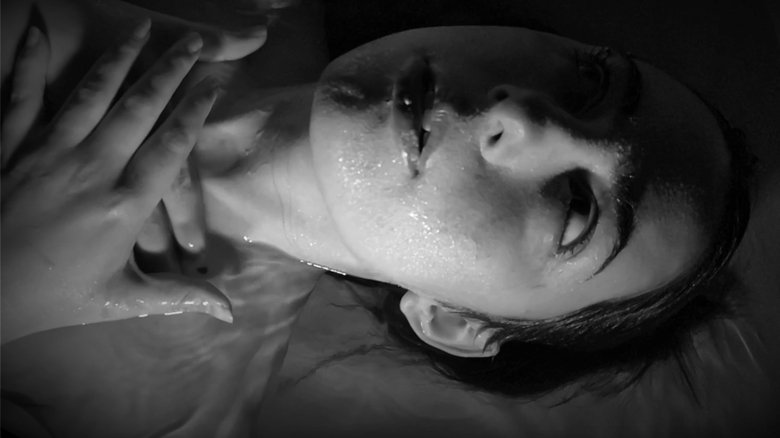
A reframing of the classic tale of Narcissus, the director draws on snippets of conversation with a trusted friend to muse on gender and identity. Just as shimmers are difficult to grasp as knowable entities, so does the concept of a gendered self feel unknowable except through reflection. Is it Narcissus that Echo truly longs for, or simply the Knowing he possesses when gazing upon himself?
French Resistance's documentary during the liberation of Paris in August 1944.
The documentary tells the story of Uschi, a farmer living free and recluded in the bavarian alps. Shot in epic black and white pictures, Still follows Uschi's life over a ten year period. From an untroubled summer of making cheese through pregnancy and the uncertain future of the parental farm, Matti Bauer portrays Uschi's struggle to keep alive the dream of a way of life that has become rather untypical in this day and age.
World War II was not just the most destructive conflict in humanity, it was also the greatest theft in history: lives, families, communities, property, culture and heritage were all stolen. The story of Nazi Germany's plundering of Europe's great works of art during World War II and Allied efforts to minimize the damage.
Presents life in 18th century Spain as the painter Francisco de Goya showed it to us.
Compilation of images of the amateur recordings of Madronita Andreu, Catalan intellectual of the nineteenth century, daughter of Dr. Andreu, famous for its pills and cough syrup.